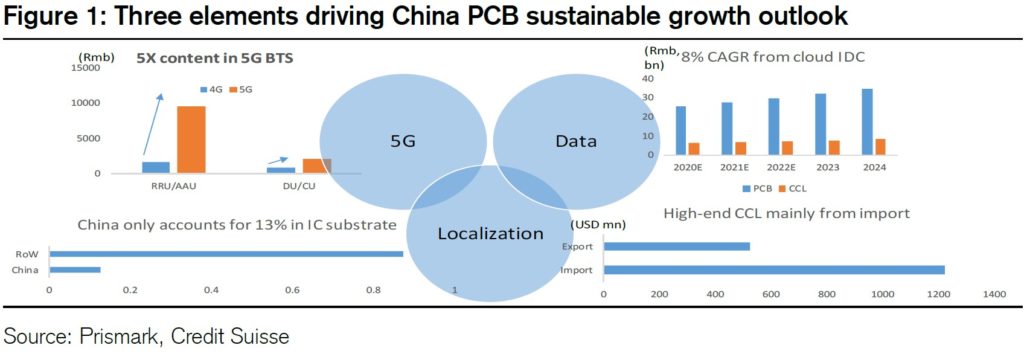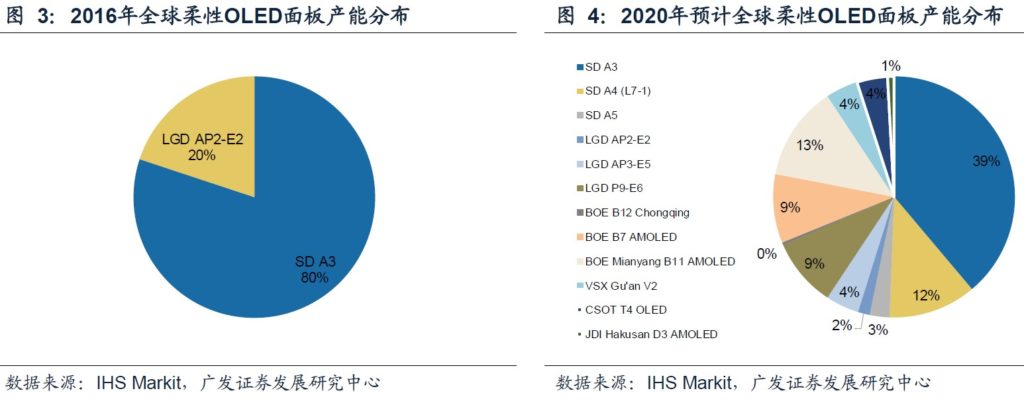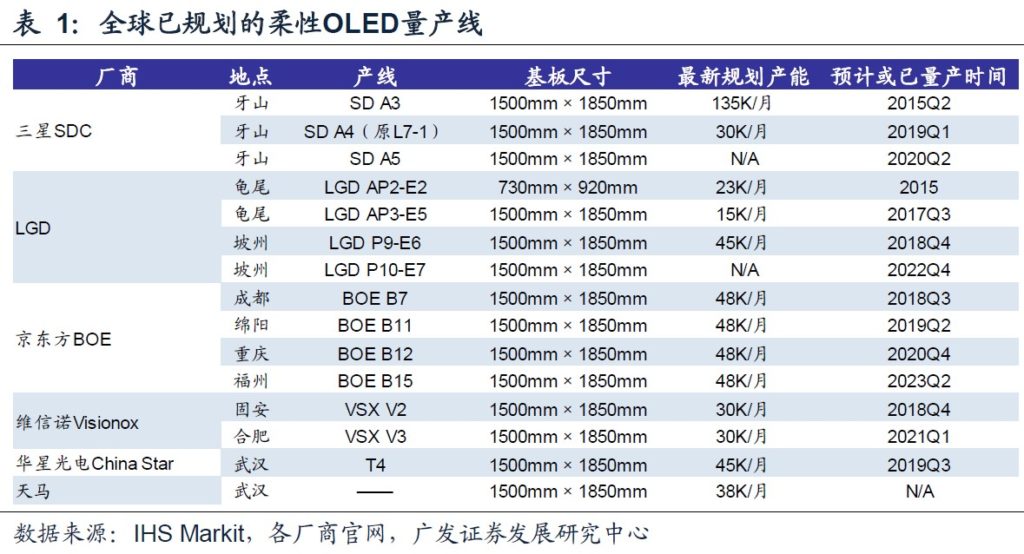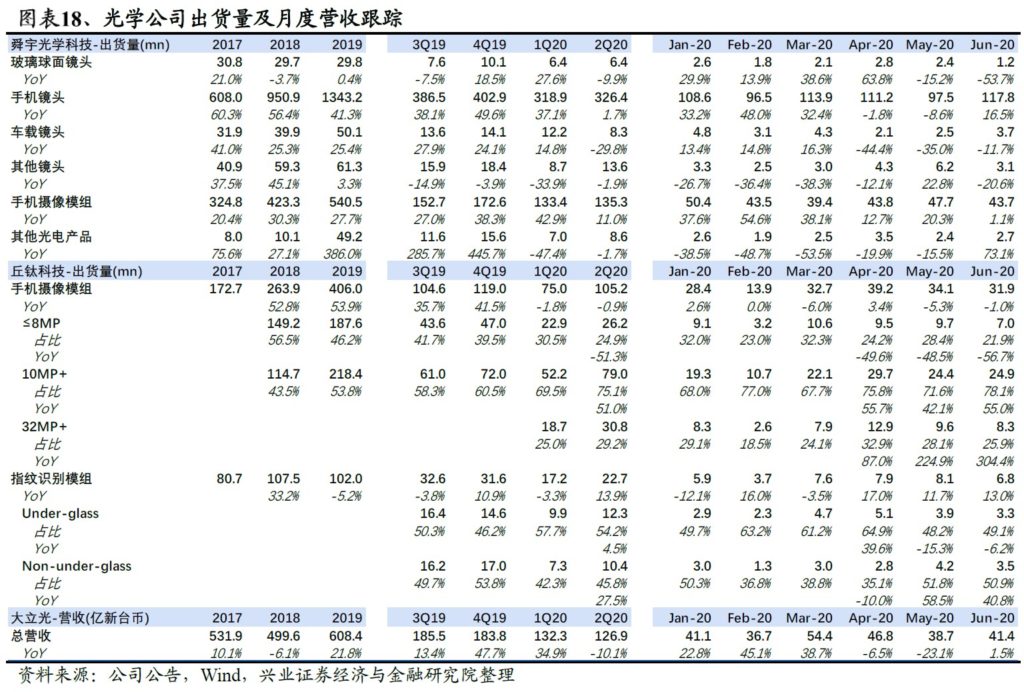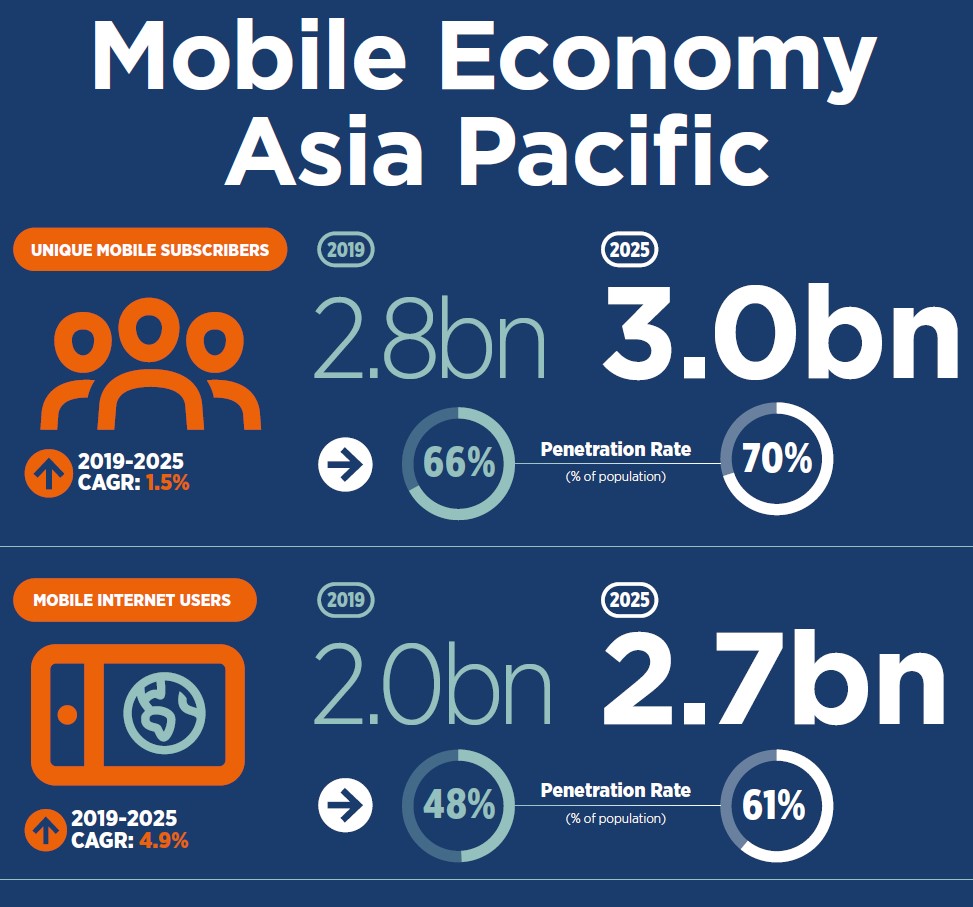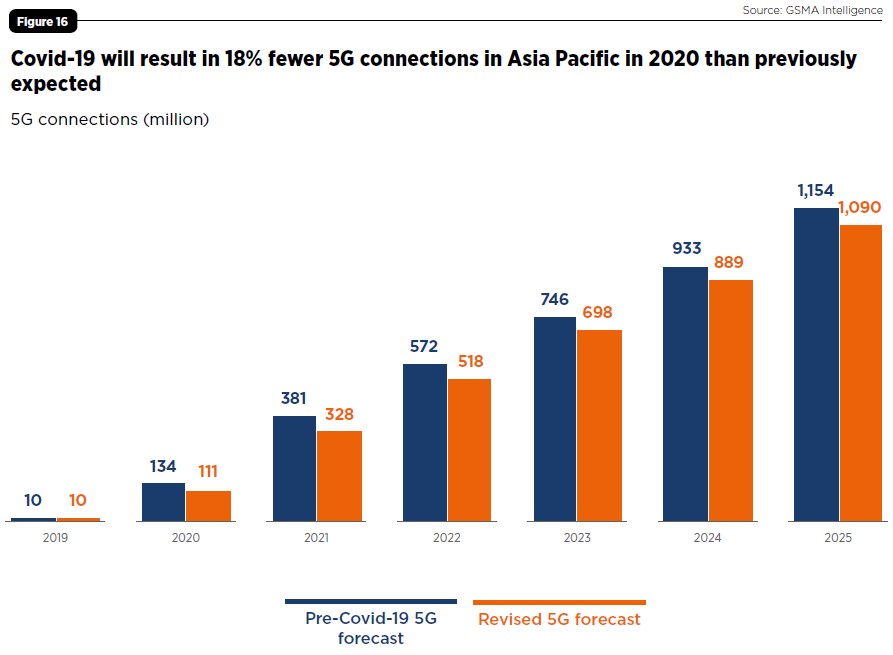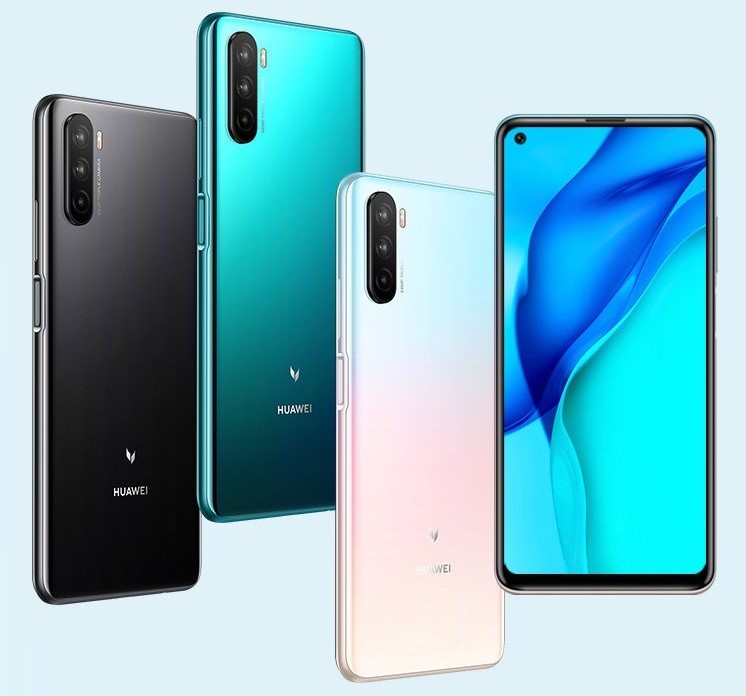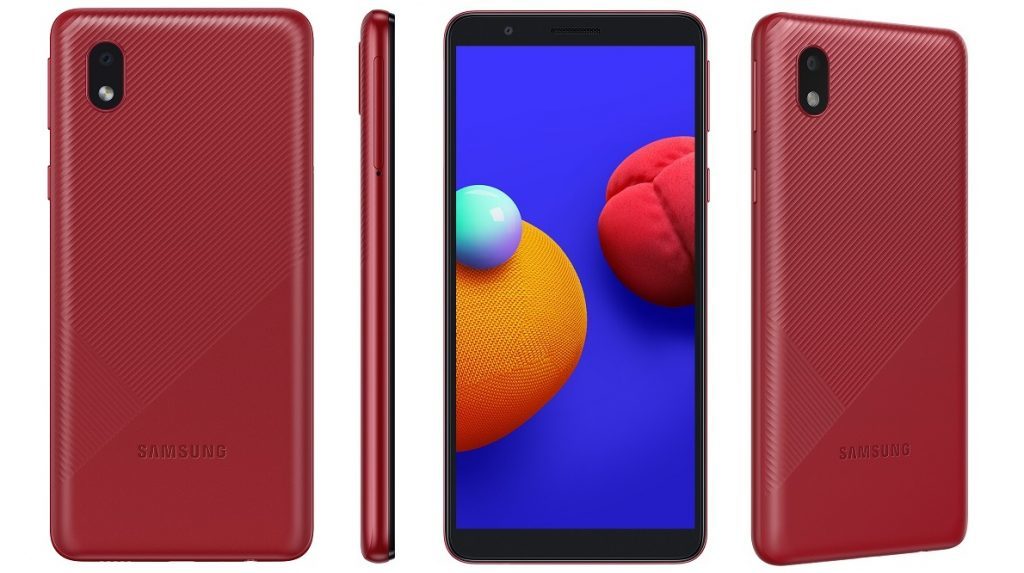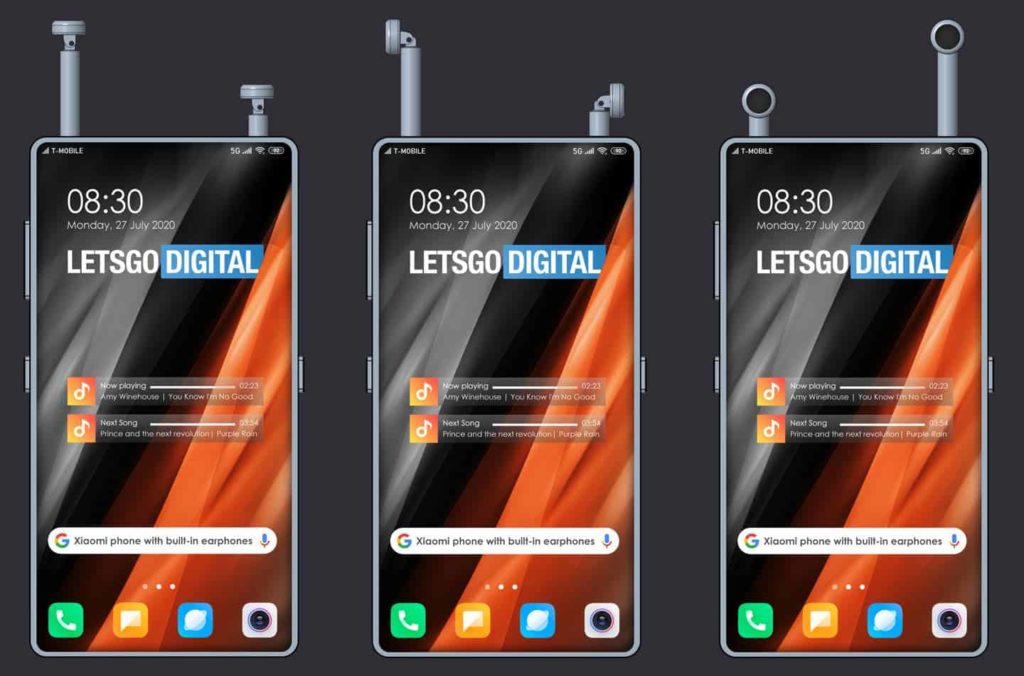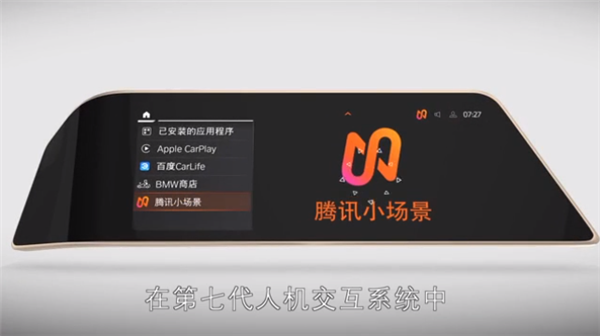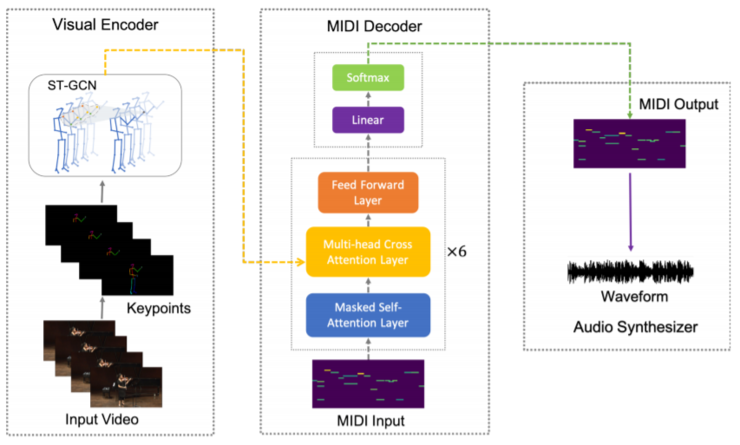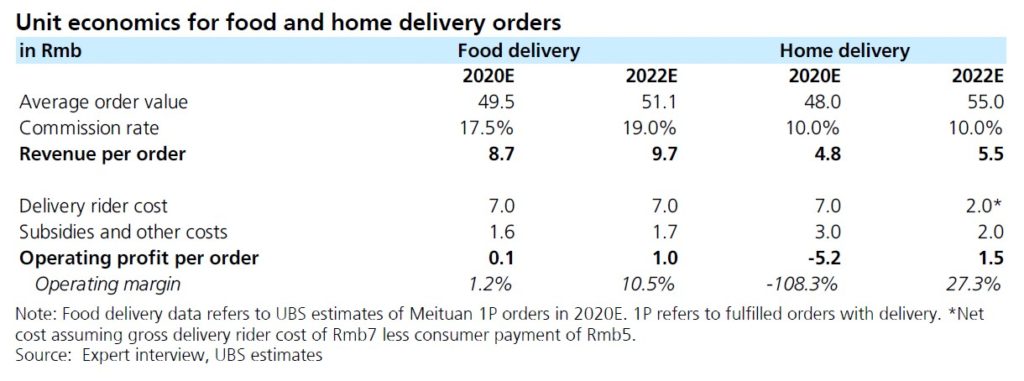
7-27 #DreamsWorks: GigaDevice has revealed that that the company’s DRAM chip independent R&D project completed fund-raising in May 2020; Huawei’s HiSilicon has officially unveiled a new 28m ATV (Advanced Television) chip; etc.
Huawei’s HiSilicon has officially unveiled a new 28m ATV (Advanced Television) chip with support for in-house LiteOS. This new silicon from Huawei is targeted at non-smart TVs with 1080p (FHD) or lower resolution displays. It is said to be 20% powerful than other conventional chips that are mostly based on 40nm architecture. (Gizmo China, IT Home)
Credit Suisse estimates PCB (printed circuit board) content to be almost 5x in 5G BTS vs 4G, besides an enlarged volume on higher coverage density. They estimate the total addressable market in access and transmission network will reach CNY84B / CNY168B in China / worldwide. Assuming that CCL (copper clad laminate, the base material of PCB) accounts for 24% of PCB market value, CCL demand in telecom could reach CNY20B / CNY40B in China / global, among which, high-frequency CCL will likely reach CNY6B / CNY12B and high-speed CCL could reach CNY10B / CNY20B in China / global. (Credit Suisse report)
According to IHS Markit, Samsung accounted for 80% of the global flexible panel production capacity in 2016 and is in an absolute monopoly position. With the rapid follow-up of other panel manufacturers’ production capacity, Samsung’s production capacity share will also be diluted. According to IHS Markit, according to the current production line plan, Samsung’s production capacity share will drop to 54% by 2020, when LG Display (LGD), BOE, Visionox and CSOT will occupy With 15%, 22%, 4% and 4% capacity shares, the supply pattern will bid farewell to the previous dominance and form a more benign situation. (GF Securities report)
Industrial Securities continues to remind: under the influence of the pandemic, smartphone brands may reduce 2Q20 orders to resolve the current high inventory. Impacting the optical component companies, it is expected that the growth rate of shipments and revenue in 2Q20 will drop significantly. In 2Q20, Sunny Optical’s lens shipment volume of phone is +1.7% YoY (MoM growth rate -30.7ppts), Largan Precision’s revenue is -10.1% YoY (MoM growth rate -45ppts), and Sunny Optical camera module shipment volume is YoY +11.0% (MoM growth rate -31.9ppts), Q-Tech phone camera module shipments -0.9% YoY (MoM growth rate +0.9ppts). (Industrial Securities report)
GigaDevice has revealed that that the company’s DRAM chip independent R&D project completed fund-raising in May 2020, and the project R&D work is currently in progress. In Sept 2019, GigaDevice plans to raise total funds not exceeding CNY4.3B. The company plans to develop DRAM technology under 1X nanometer (19nm, 17nm) process through this project, and design and develop DDR3, LPDDR3, DDR4, LPDDR4 series DRAM chips. (Laoyaoba, East Money)
Codes such as “FaceDetect” and “BioCapture” found within this extension confirms that Apple is preparing macOS to operate with Face ID, as these codes are similar to those used by iOS. However, the implementation is still in the early stages, so it might take some time before Apple announces a new Mac model with the TrueDepth camera to support Face ID. (9to5Mac, Engadget)
At the end of 2019, 2.8B people in Asia Pacific subscribed to mobile services, accounting for 66% of the population. With nearly 500M new subscribers added since 2014, the region is one of the fastest growing in the world and home to over half of total global subscribers. While top-line growth is slowing, Asia Pacific will still account for around half of new subscribers globally by 2025: by this time, GSMA forecasts 266M new subscribers to be connected across the region, bringing the total to just over 3B (70% of the population). (GSMA report)
GSMA’s revised forecasts show that the total number of 5G connections will be almost 20% lower in 2020 in Asia Pacific than previously expected. This is a larger reduction than the global average (-15%), mainly due to a downward revision of 22% in China, which has a significant regional impact given that the country accounts for almost 90% of the region’s 5G connections. The impact of Covid-19 on 5G growth will also be greater in Asia Pacific since the region is home to some of the first 5G networks, compared to other regions where many markets have yet to launch 5G. (GSMA report)
As the impact of the macro economy on consumer electronics in 2020 is more difficult to judge, the demand for smartphones has greater uncertainty. Strategy Analytics recently predicts that smartphone shipments will decline by 10% in 2020, TrendForce expects smartphone shipments to decline by 7.5% in 2020, and Industrial Securities more conservatively forecasts smartphone shipments to decline by 13% in 2020. The smartphone itself showed a trend of increasing ASP driven by 5G replacement + camera upgrade, but the recent global public health incident has affected the macro economy and consumer confidence, and the overall upgrade may be less than previously expected. (Industrial Securities report)
OPPO A72 4G is announced in UK, while 5G is launched in China: 4G – 6.5” 1080×2400 FHD+ IPS HiD 90Hz, Qualcomm Snapdragon 665, rear quad 48MP-8MP ultrawide-2MP depth-2MP mono + front 16MP, 4+128GB, Android 10.0, side fingerprint scanner, 5000mAh 18W, GBP219 (USD280). 5G – 6.5” 1080×2400 FHD+ IPS HiD 90Hz, MediaTek Dimensity 720, rear tri 16MP-8MP ultrawide-2MP depth + front 8MP, 8+128GB, Android 10.0, side fingerprint scanner, 4040mAh 18W, CNY1,899 (USD270). (GSM Arena, OPPO, Laoyaoba)
Huawei Maimang 9 is officially announced – 6.8” 2400×1080 FHD+ IPS HiD, MediaTek Dimesity 800, rear tri 64MP-8MP ultrawide-2MP depth + front 16MP, 6+128 / 8+128GB, Android 10.0, 4300mAh 22.5W, side fingerprint scanner, CNY2,199 (USD314) / CNY2,399 (USD342). (My Drivers, CN Beta, Gizmo China)
Samsung Galaxy M01 Core is launched in India – 5.3” 720×1480 HD+ 18:9 TFT, MediaTek MT6739, rear 8MP + front 5MP, 1+16 / 2+32GB, Android 10.0 (Go Edition), no fingerprint scanner, 3000mAh, INR5,499 (USD73) / INR6,499 (USD87). (Gizmo China, NDTV, Samsung)
Xiaomi has patented a unique smartphone with a built-in wireless headset. The top panel of the device contains compartments for storing completely wireless headphones, while in this state they will be constantly charged. A special feature of the headphones is that the upper part is rotatable. One position is designed to be worn in the ears, and the other is for storage in the smartphone body. (GizChina, LetsGoDigital, CN Beta)
BMW and Tencent have signed a cooperation agreement. The functions of the “Tencent Small Scene” and “WeChat Car Version” of the in-vehicle light application ecosystem in the Tencent Eco-IoV TAI will be applied to BMW vehicles. Among them, the “WeChat Car Edition” adopts a full-voice interactive mode, which allows users to drive safely while maintaining social communication without dropping. (My Drivers, CN Beta, BMW Group)
MIT and MIT-IBM Watson AI Lab researchers describe an AI system — Foley Music — that can generate “plausible” music from silent videos of musicians playing instruments. They say it works on a variety of music performances and outperforms “several” existing systems in generating music that’s pleasant to listen to. (CN Beta, Leiphone, VentureBeat, ARVIX)
Google claims to have developed an AI system that accurately identifies signs of prostate cancer in biopsies. Building on an algorithm that grades large, surgically removed cancerous segments of prostates, they say their system — which is developed with support from the Naval Medical Center in San Diego and Verily, Alphabet’s life sciences division — works on the smaller samples extracted during the initial part of cancer care to get diagnoses and prognoses. (VentureBeat, Google)
According to UBS’ survey, China respondents on average ordered food delivery for 16% of meals in the past 12 months, lower than 18-19% in 2018-19. Meituan and Ele.me app usage in May 2020 was below the peak in late 2019. Instead, 49% of meals were cooked at home, higher than 44-46% in 2018-19. However, the LT trend remains positive for food delivery. The survey showed higher order frequency and order value vs prior years. Meituan was the most often used platform for 56% of respondents vs 29% for Ele.me. Also, 32% of respondents only browsed one platform before ordering, up 3-5ppt from prior surveys. (UBS report)

